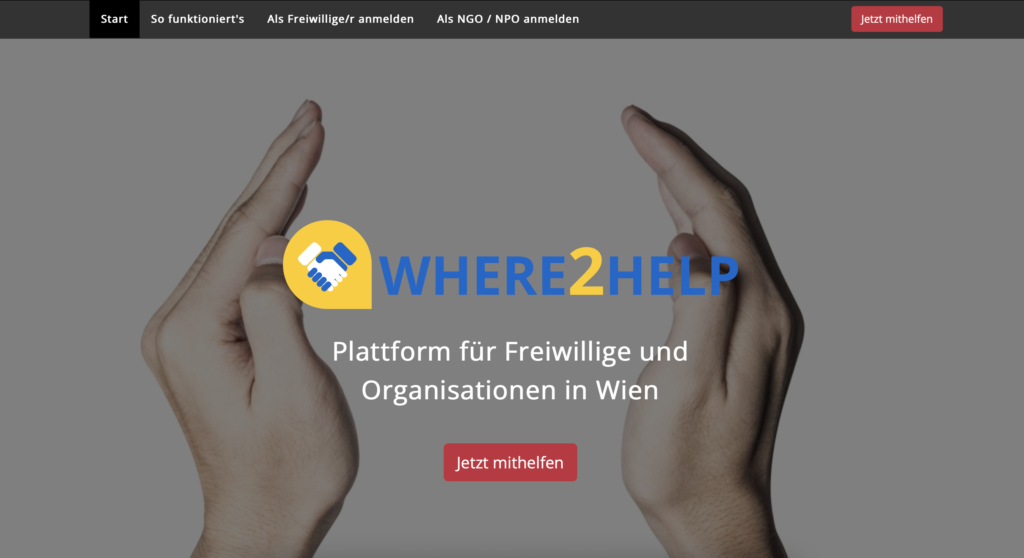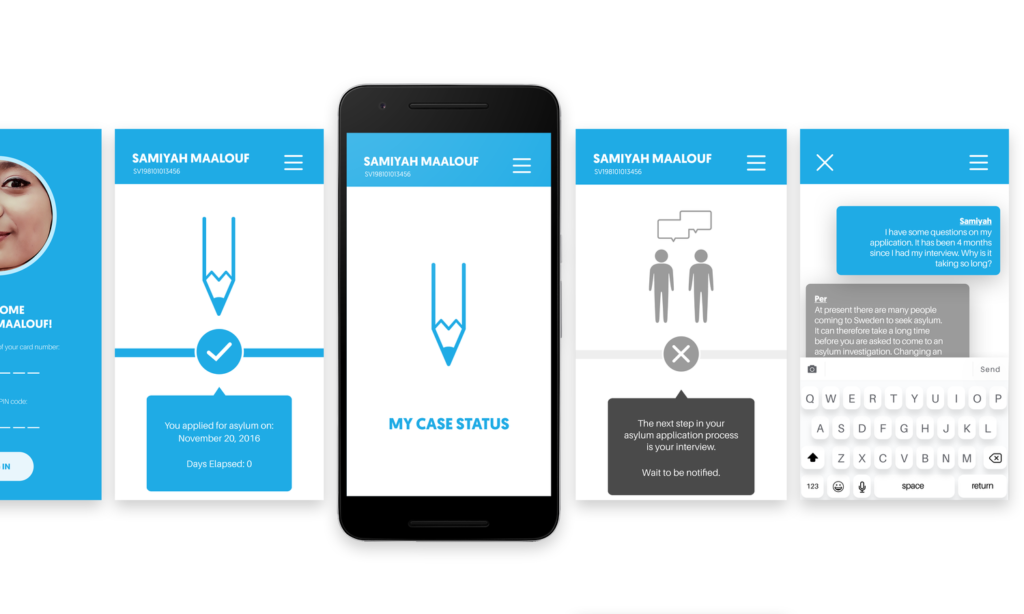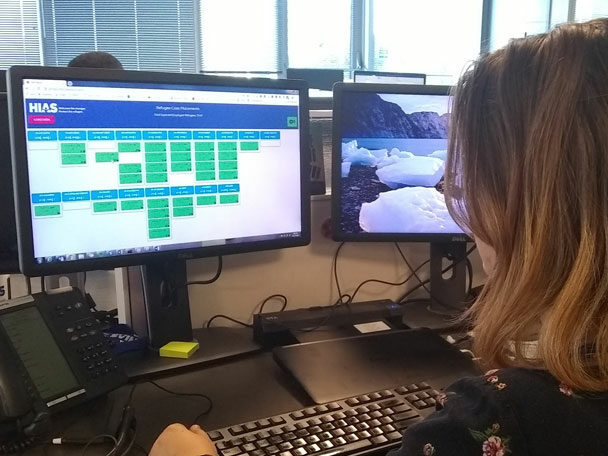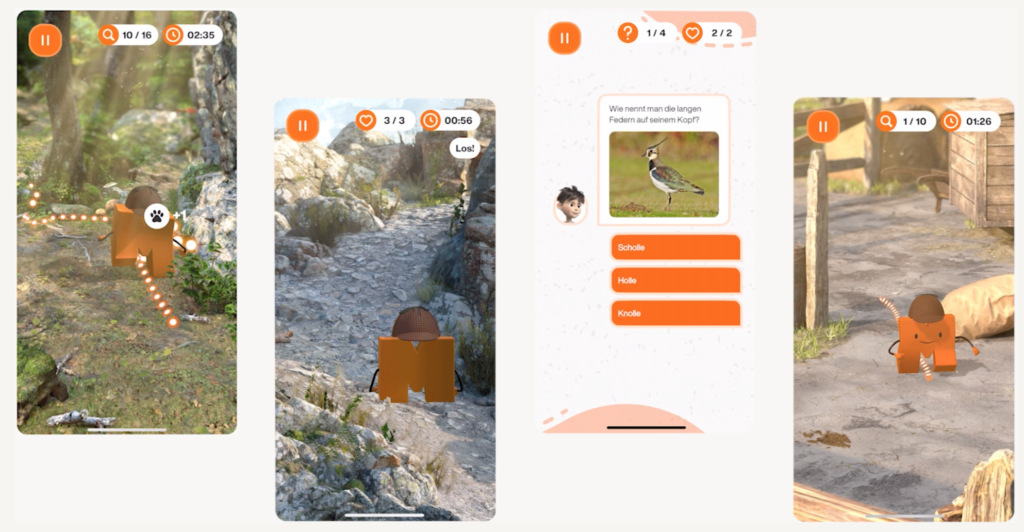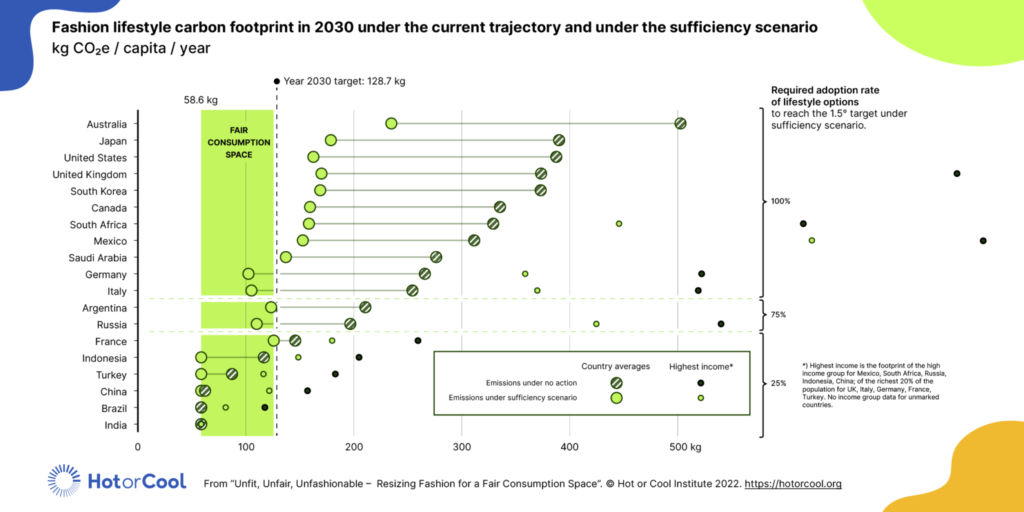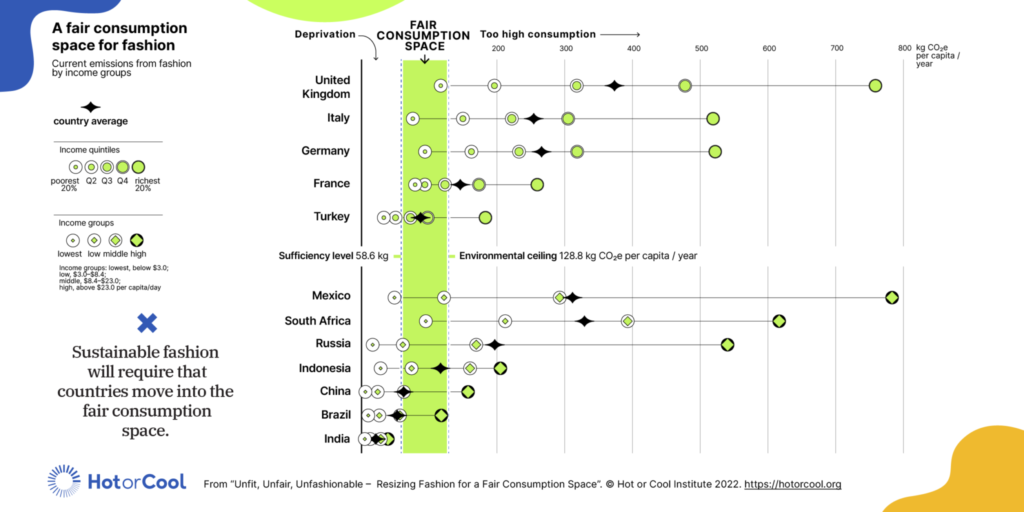Command line interfaces
From the early 1960s until the early 1980s computers were primarily used in large organizations by typing commands with parameters on mechanical or teletype/display devices. A command-line interpreter or command-line processor uses a console interface to accept commands from a user in the form of text lines. [1]
Graphical user interfaces
Jakob Nielsen wrote in 1993 about purpose-driven UI. By specifying functions first and subsequently their arguments, the user had access to the system. Deleting a file on a system that is line-oriented, the user had to write the delete command first into the command-line, then add the name of the file. Graphical-User Interfaces in comparison are object-oriented. The user accesses the object first and then deletes it. He also remarkes that User had to focus on using the computer to do what they want first rather than concentrating on the task at hand. The user was constantly aware of the tool he uses, because they need to know the commands in the correct syntax before they could achieve the things they want.
Non-graphical user interfaces
As early as 1993, Jakob Nilsen wrote about non-graphical interfaces. He wrote about virtual reality as the ultimate example fornoncommand-based interfaces. The user immerses into a simulated environment which is very similar to the real world and therefore it is very intuitive to use. He invisioned playing a hockey game where the user acts like in reality by using his hands to ward off the pucks when being the goalie. The computer is controlled via gestures. [2]
WIMP Interfaces
WIMP Interfaces are the dawn of a new era, because it made the use of the computer possible to everyone. The WIMP GUI is the first raster graphics-based user interface. Consisting of windows, icons, menus and a pointing device, it works on a point- and-click concept instead of command line. The first PC where this was used was Xerox PARC. From there they got populare with the Macintosh in 1984 and was later copied by Windows. [3]
Attentive User Interface
In the beginning a few people were working on on PC, then one person was woring on one PC and today we use we use multiple ubiquitous devices every day. Every device still works isolated from the other devices, channeling and draining our attention. And because human attention is limited it is a valuable resource which should be valued and considered from user interface designers and product engineers. Attentive user Interfaces (AUI) are sensitive to user’s attention. To provide this the AUI needs additional user input such as presence of the user, proximity, orientation, is the user speaking to someone or what does he gazes at. They can present the information according to the user attention and therefore optimize the communication with the device. The interface senses were the user focus his attention and present information there. [4]
Tangible User Interface
A tangible user interface is a touchable user interface that allows a computer user to interact with the machine through physical objects. [5] In 2003 a research team in Barcelona created the Reactable. It is an electronic musical instrument.It is a table on which the user places and moves objects to create sound, inspired by modular analogue synthesizers. [6]
Voice User interfaces
In Voice user interfaces (VUIs) the user interacts with the system through his voice. IInstead of making the input via a screen, the user speaks to the system, which uses speech recognition to perform the task. According to stanford researchers Clifford Nass and Scott Brave are more natural and intuitiv for communicating with the computer, because a lot of human communication takes place via linguistic expressions. Therefore it seems more natural to apply the same concept on computer-interactions. [7]
The advantages and areas of use of vui are mainly where users cannot use their hands, such as when driving a car. Furthermore, they can be a great help in everyday life for blind people.
EGG Brain Computer Interfaces
https://www.sciencedirect.com/science/article/pii/S246845111730082X
- [1] Post-WIMP User Interfaces, AndriesvanDam, 1997
- [2] Non-graphical User Interfaces, Jakob Nielsen, in Communication of THE ACM/April 1993/Vol.36, No. 4, P. 83-99
- [3] Post-WIMP User Interfaces, AndriesvanDam, 1997
- [4] Attentive user interfaces, Roel Vertegaal, Article in Communications of the ACM, March 2003
- [5] The tangible user interface and its evolution, Hiroshi Ishii, Commun. ACM 51, 6 (June 2008), 32–36. https://doi-1org-17054c7ie002d.perm.fh-joanneum.at/10.1145/1349026.1349034
- [6] http://reactable.com/ (accessed on 12.01.2023)
- [7] Wired for Speech: How Voice Activates and Advances the Human–Computer Relationship, Clifford Nass and Scott Brave, Cambridge, 2005
